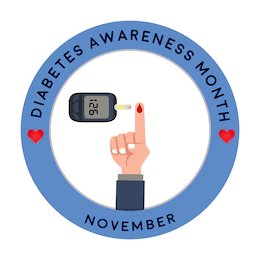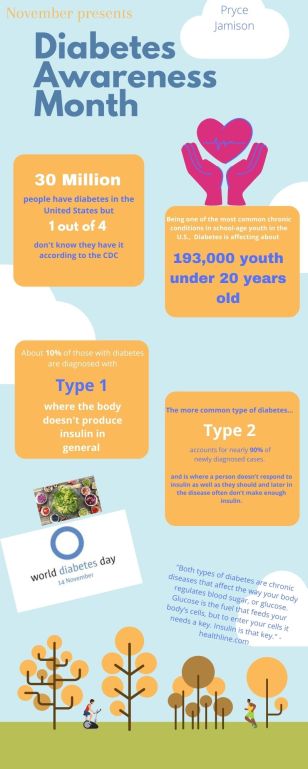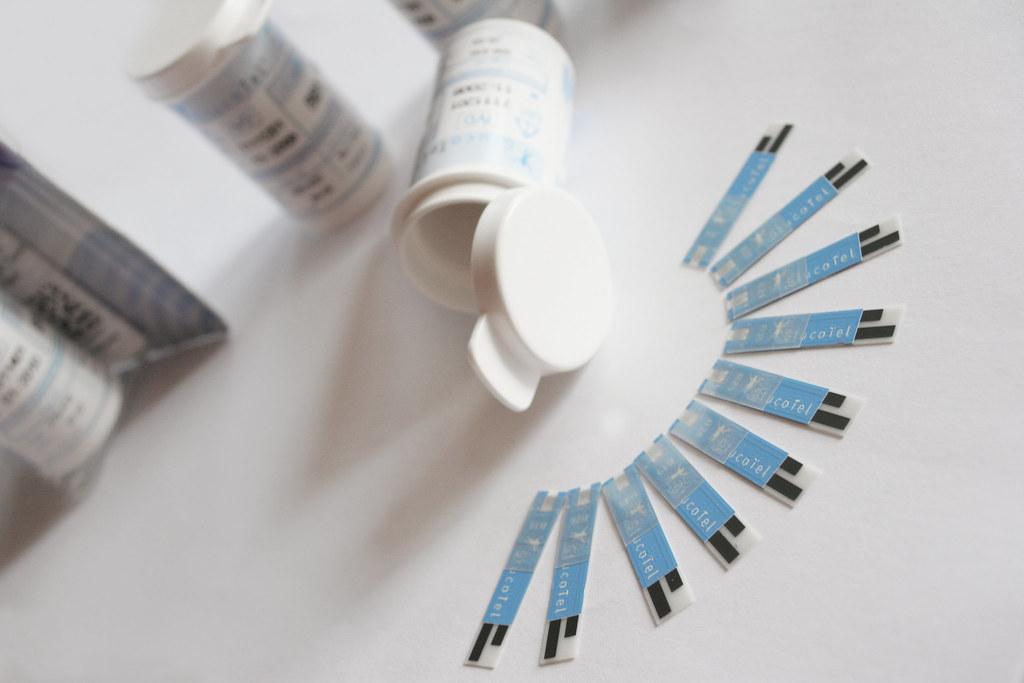This month is a time where communities across the country come together to bring awareness to diabetes. As November begins, we are given the opportunity to show others the effect and risk factors that millions of Americans have to go through.

During this month it is important to spread awareness, considering more than half of all Americans who had diabetes went undiagnosed in 2015. If untreated, there can be life-threatening complications. The symptoms and risk should be recognized as it is the most common chronic disease for the youth.
Diabetes comes in many different varieties but Type 2 is the most common with more than 20 million people affected by it In the U.S. Those who are overweight suffering are diabetic but can avoid health problems if they lose some weight.
Obesity can increase the chances of health complications including heart disease and high blood pressure. Studies show physical activities and a healthy lifestyle is the best ways to minimize the symptoms. These steps are the beginning of living a long and healthy life.
Considering Type 2 diabetes is the most common, it is important to notice symptoms before it becomes terminal. There are early indications to determine whether or not someone has Type 2. Symptoms of Type 2 include feeling fatigued throughout the day, or constant urination.
Type 1 has similar symptoms but more severe. It is challenging to notice indications of Type 1 because anybody can have it. It is most common in people with a family history of Type 1. Someone diagnosed with Type 1 is no longer diabetic, they are people with diabetes. There is no cure for Type 1, to avoid Type 1 complications insulin injections and monitoring blood sugar are necessary.

Anyone can be diagnosed with diabetes from poor diet and obesity but genetics also plays a big role.
Aaron Gold, sophomore and sports marketing major at Johnson and Wales has been living with Type 1 diabetes ever since he was a kid. Type 1 diabetes is the least common and the most severe. Those who have it depend on insulin injections to survive. Gold plays tennis for his school and he grew up with a healthy lifestyle. However, 10 years ago he was diagnosed with Type 1 diabetes.
This condition hasn’t stopped him from playing the sport he loves, but he still has to take certain precautions for his well-being.
Everyday, Gold pumps insulin into his body to replace the lack of insulin that he cannot generate. This helps the glucose in the body to enter the cells. Without insulin, Gold’s blood sugar would be too low, making him nauseous and possibly faint. If his blood sugar is too high, he would become very fatigued and dizzy.
Each year Gold and his family raise money to donate to the JDRF foundation, a non-profit organization that provides research and services to those who have Type 1 diabetes. The Gold family also participates in JDRF’s yearly event in November called The One Walk.

“Diabetes Testing Strips” by bodytel is licensed under CC BY-ND 2.0
The one walk is an event for people to take part in a 1.6-mile walk to represent the 1.6 million people who are diagnosed with Type 1 diabetes.“Every year there is an event in Philadelphia where we sell bracelets and participate in the 1-mile walk,” Gold said.


